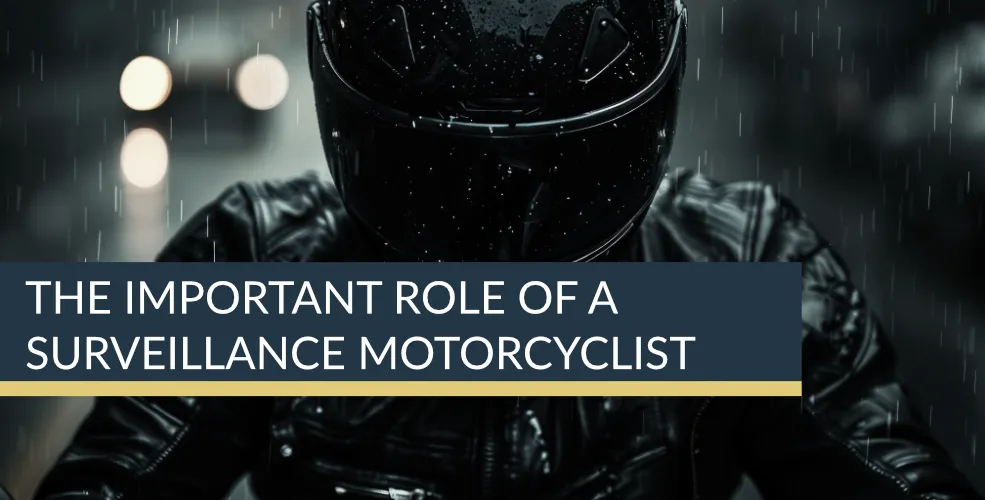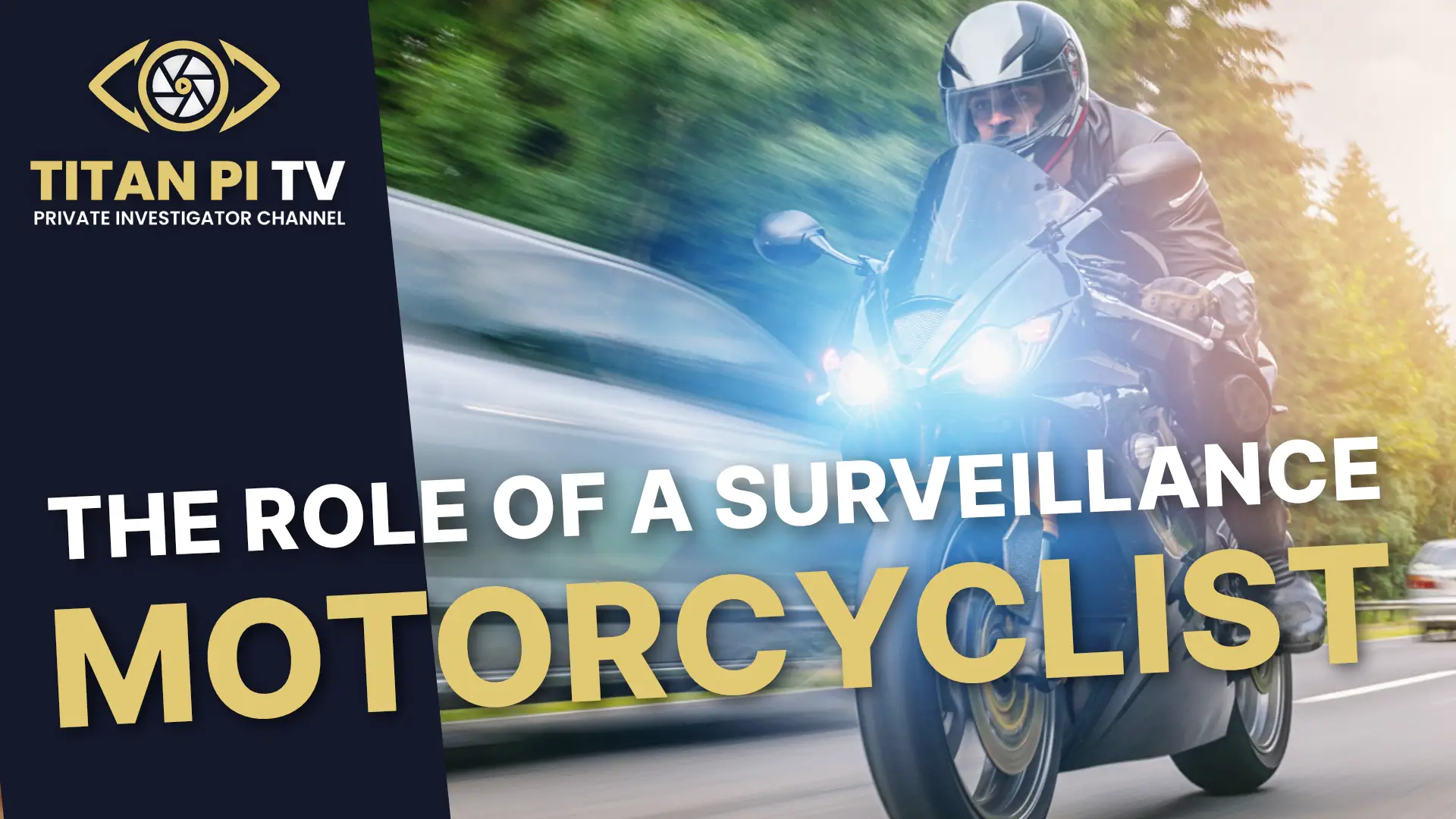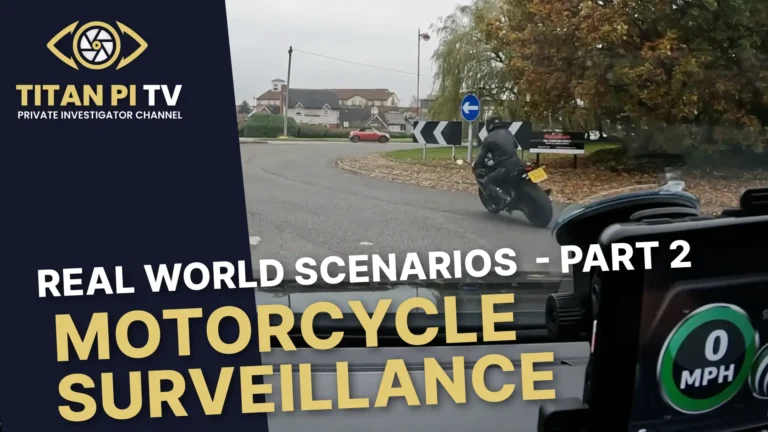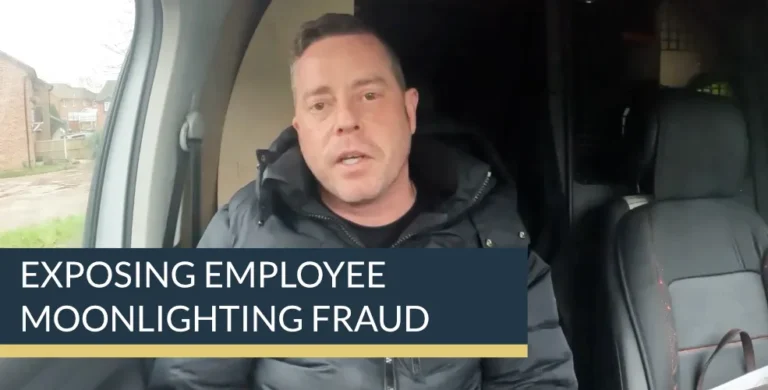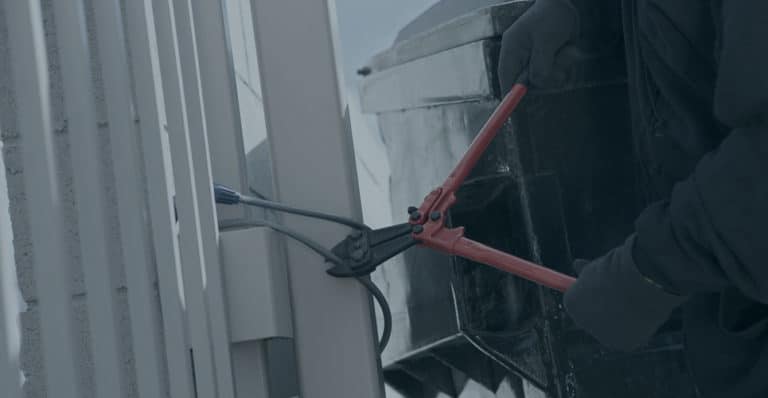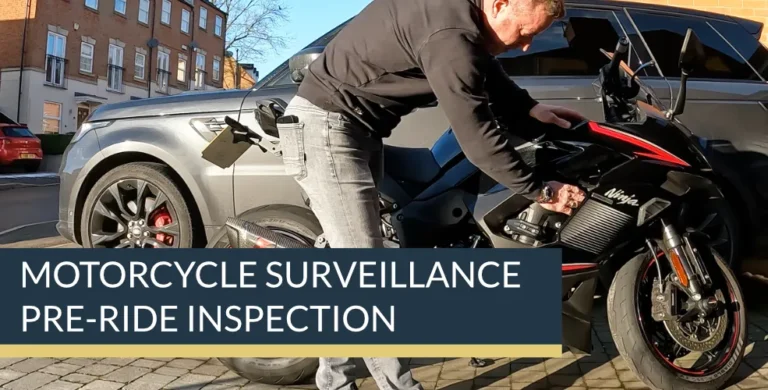The important role of a Surveillance Motorcyclist
The role of the surveillance motorcyclist
In the dynamic world of private investigations, the surveillance motorcyclist plays a vital and often underrated role. These skilled individuals operate in high-stakes environments where maintaining visual contact with a subject can mean the difference between the success and failure of an investigation. This article delves into the specific responsibilities and challenges faced by surveillance motorcyclists, highlighting their indispensable contribution to mobile surveillance teams.
The Importance of Mobility and Flexibility
When conducting mobile surveillance, maintaining a discreet and continuous watch on the subject is paramount. However, this task can be exceedingly difficult, especially in urban environments or congested traffic conditions. This is where the surveillance motorcyclist comes into play. Unlike conventional surveillance vehicles, motorcycles possess the unique ability to navigate through traffic with ease. They can filter through congested areas, use bus and taxi lanes without attracting unwanted attention, and reach the front of a queue at traffic lights swiftly. This agility ensures that the motorcyclist can remain close to the subject even when other vehicles in the surveillance convoy are hindered by traffic.
Moreover, the motorcyclist is not just another member of the surveillance team; they are a specialist employed as a last resort to prevent the loss of visual contact with the subject. This specialised role means that the motorcyclist is often held in reserve, ready to be deployed when other surveillance vehicles are at risk of losing the subject. The motorcyclist’s ability to quickly make up ground and regain visual contact is invaluable, particularly in situations where the subject has managed to pull ahead in traffic or taken an unexpected route.
Command Structure and Execution
The role of the surveillance motorcyclist is governed by a specific set of commands designed to maximise efficiency and minimise exposure. These commands ensure that the motorcyclist is used only when necessary and that their presence remains as inconspicuous as possible. The three key commands that a surveillance motorcyclist must respond to are: Make Ground, Come Through, and Bike Cancel.
- Make Ground: This command instructs the motorcyclist to move closer to the surveillance target, positioning themselves behind the lead vehicle (known as the “eyeball”). The motorcyclist must be ready to act at a moment’s notice, listening intently to the commentary from the surveillance team. They often move up and down the convoy like a yo-yo, ready to step in if the situation requires it. On motorways, where there are fewer hazards and the risk of exposure is lower, the motorcyclist might stay well behind the convoy, knowing they can quickly make up the distance if needed.
- Come Through: When the command Come Through is issued, the motorcyclist is directed to take over the visual contact with the subject. This often happens in scenarios where the lead surveillance vehicle is blocked, such as when two lorries on a dual carriageway are travelling side by side at the same speed. The motorcyclist, with their superior manoeuvrability, can weave between the lorries or find another way to regain visual contact, thus ensuring that the subject does not escape surveillance.
- Bike Cancel: Once the situation stabilises, and the subject is back within the visual range of the primary surveillance vehicles, the command Bike Cancel is issued. This tells the motorcyclist to return to their previous position in the convoy, resuming their role as a backup rather than an active tracker. This command also helps preserve the motorcyclist’s anonymity and reduces the risk of the subject noticing them.
The motorcyclist’s involvement is further managed by the command In Position, which signals the need for the motorcyclist to transfer visual contact back to another team member and withdraw from the front lines. This careful orchestration ensures that the motorcyclist’s exposure is minimised, allowing them to be reused without compromising the operation.
Challenges and Risks
While the role of a surveillance motorcyclist may seem glamorous, it is fraught with challenges and risks. One of the primary risks comes from within the surveillance team itself. During a loss situation, team members might drive erratically or make sudden manoeuvres to regain contact with the subject. In these chaotic moments, the motorcyclist, who is often moving at high speeds, is at increased risk of being overlooked by other team members, potentially leading to dangerous situations.
Moreover, the nature of their role means that surveillance motorcyclists cannot easily change their appearance. Unlike other team members who can switch vehicles or clothing to avoid detection, a motorcyclist is limited to what they can carry on their bike. Although they might have a tabard or a netting cover to alter their profile slightly, these changes are minimal. Consequently, repeated exposure increases the likelihood of the motorcyclist being recognised by the subject, which is why their deployment is reserved for critical moments.
Another significant challenge is the motorcyclist’s need to balance speed and caution. They must be fast enough to keep up with or overtake the subject when necessary but also maintain a level of caution to avoid accidents, especially in high-pressure situations. The motorcyclist’s skill in handling their vehicle and their ability to make split-second decisions are crucial in these scenarios.
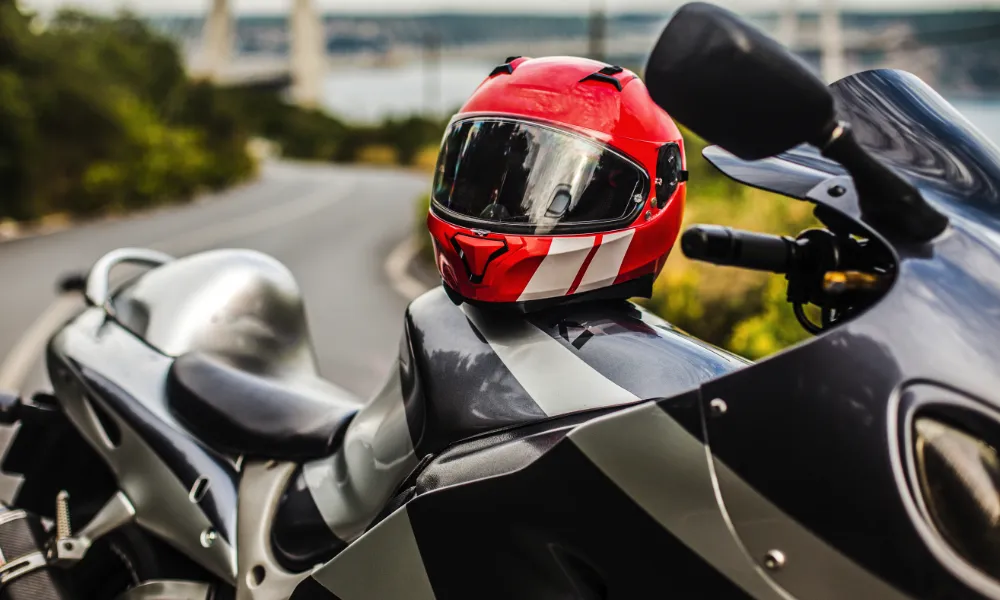
Strategic Deployment
The strategic deployment of surveillance motorcyclists is as much about intelligence as it is about mobility. For instance, if the subject is known to be heading towards a specific location, such as an airport or a meeting in another city, the motorcyclist might be directed to take the fastest route to that destination in anticipation of the subject’s arrival. This proactive approach allows the surveillance team to maintain coverage even if they temporarily lose visual contact with the subject.
In situations where the surveillance team experiences a total loss—meaning they have no visual contact with the subject—the motorcyclist’s role becomes even more critical. They may be dispatched to the last known location of the subject or to a likely destination based on available intelligence. Their ability to cover ground quickly makes them the ideal choice for regaining contact and ensuring the operation continues smoothly.
Importance of the Motorcyclist in Surveillance
The role of a surveillance motorcyclist is both complex and essential. These highly skilled professionals are the unsung heroes of mobile surveillance operations, providing the flexibility and agility needed to maintain contact with a subject in challenging circumstances. Their ability to navigate through traffic, respond to commands with precision, and minimise exposure makes them a valuable asset to any surveillance team.
However, this role is not without its dangers. The inherent risks of high-speed manoeuvring in proximity to other vehicles, combined with the challenges of maintaining a low profile, mean that surveillance motorcyclists must be highly trained and experienced. They must possess not only technical riding skills but also the ability to think on their feet and make quick decisions under pressure.
In summary, the surveillance motorcyclist is a critical component of any successful mobile surveillance operation. Their unique capabilities allow them to perform tasks that are beyond the reach of other team members, ensuring that the surveillance team can adapt to changing circumstances and maintain continuous visual contact with their subject. While their role may be fraught with challenges, the rewards of successful surveillance—gathering crucial evidence, maintaining the element of surprise, and ultimately achieving the investigation’s objectives—make the surveillance motorcyclist an indispensable part of the team.
Want to find out more about being a Surveillance Motorcyclist?
For further advice and information about Surveilance Motorcyclist Training and Titan’s surveillance training courses, then please feel free to speak to one of our professional team at one of the offices nearest to you.
London Surveilance Motorcyclist Training – Call the Titan Investigations London Office 020 39046622
Birmingham Surveilance Motorcyclist Training – Call the Titan Investigations Birmingham Office 0121 7162442
Cambridge Surveilance Motorcyclist Training – Call the Titan Investigations Cambridge Office 01223 662022
Derby Surveilance Motorcyclist Training – Call the Titan Investigations Derby (Head Office) 01332 504256
Leeds Surveilance Motorcyclist Training – Call the Titan Investigations Leeds Office 0113 4574066
Leicester Surveilance Motorcyclist Training – Call the Titan Investigations Leicester Office 0116 2436520
Nottingham Surveilance Motorcyclist Training – Call the Titan Investigations Nottingham Office 0115 9646950
Manchester Surveilance Motorcyclist Training – Call the Titan Investigations Office 0161 3023008
Sheffield Surveilance Motorcyclist Training – Call the Titan Investigations Sheffield Office 0114 3499400
Truro Surveilance Motorcyclist Training – Call the Titan Investigations Truro Office 01872 888706
Alternatively, you can contact us directly using our fully confidential contact form at enquiries@titaninvestigations.co.uk or chat directly using our Live Chat facility and one of our surveillance training course team will get right back to you.

